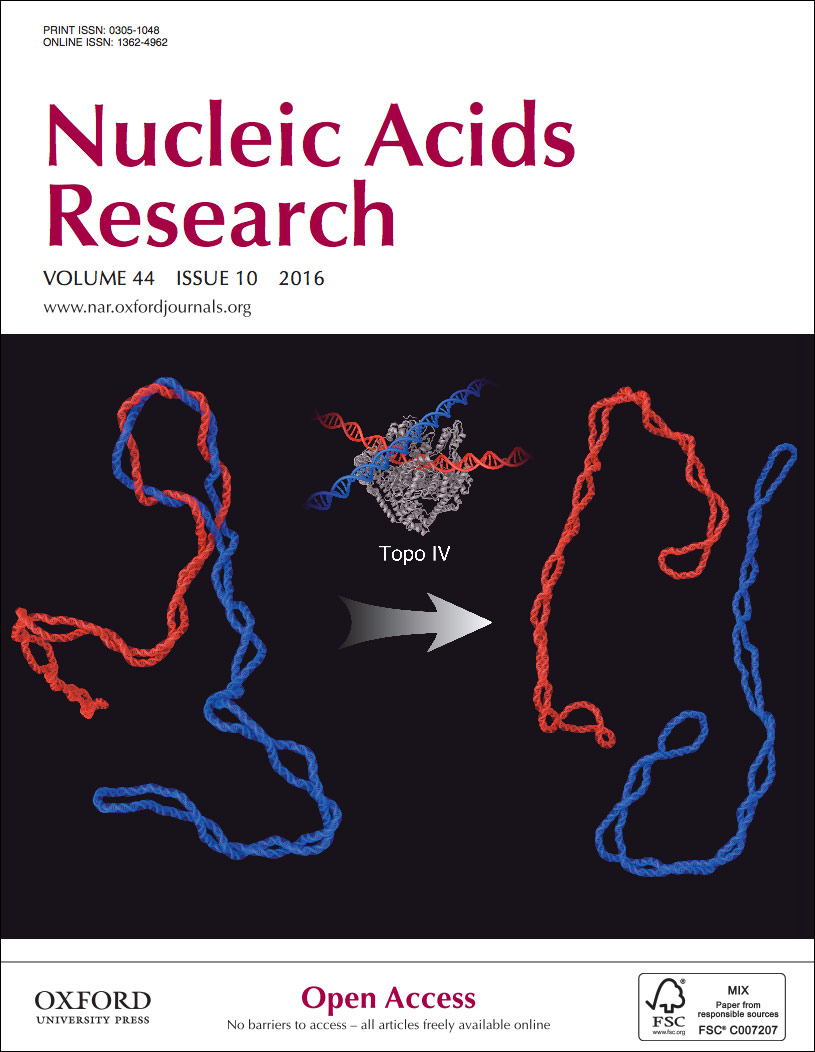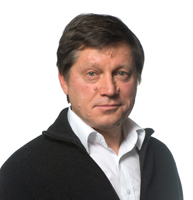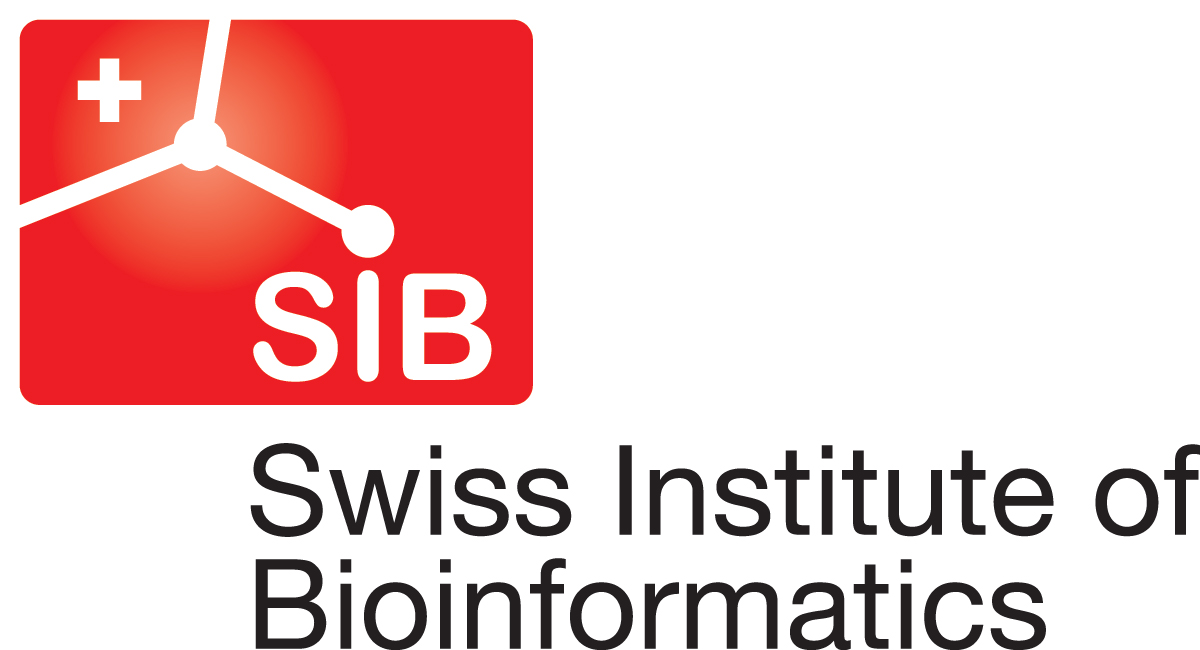Andrzej Stasiak received his PhD in 1981 from the Institute of Biochemistry and Biophysics of Polish Academy of Sciences in Warsaw. From 1981 to 1989 he was a postdoctoral fellow and research associate in the laboratory of Prof. Theodor Koller at the Institute for Cell Biology, ETH, Zürich, Switzerland. In 1989 he joined UNIL and worked till 2007 in the Laboratory of Ultrastructural Analysis directed by Prof. Jacques Dubochet. In 2007 he joined the Center for Integrative Genomics as Maître d’Enseignement et de Recherche. In 2015, for his research in computational biology, the Swiss Institute of Bioinformatics (SIB) gave him the status of SIB group leader. In 2016 he was promoted to the rank of Associate Professor.
The main interest of our group is directed towards understanding underlying physical causes and biological mechanisms responsible for the spatial organization of genomes, starting with arrangements of DNA in phage capsids and ending with interphase chromosomes of higher eukaryotes. We are especially interested in the mechanism of formation of topologically associated domains (TADs) in eukaryotic chromosomes. We also study effects of such topological constraints as supercoiling and knotting on the properties of DNA molecules and chromatin fibers. We are also interested in the mechanism of folding and function of knotted proteins. Numerical simulations constitute the main method applied by our group.
Recent Research
Transcription-induced supercoiling and formation of self-interacting chromatin domains
Starting from the observation that self-interacting domains in chromosomes of fission yeast (Schizosaccharomyces pombe) correspond to regions with divergent transcription, we tested by numerical simulations whether axial rotation of chromatin fibers induced by transcribing RNA polymerases may be sufficient to generate these forms of topologically associated domains (TADs). We used novel simulation approaches where simulated chromatin chains were actively rotated around their local axes by modeled molecular motors and where the introduced torsional tension could be dissipated by modeled topoisomerases. Our simulations of chromosomal fragments of S. pombe, in which we introduced torsional motors mimicking the effect of divergent transcription, closely reproduced experimental data and thus supported our proposal that transcription-induced supercoiling can be the main driving force responsible for the formations of TADs in eukaryotic chromosomes (Benedetti et al., submitted 2016).
Effects of physiological self-crowding of DNA on shape and biological properties of supercoiled DNA
DNA in bacterial cells is permanently maintained under torsional tension, which results in formation of supercoiling. Supercoiling has important consequences for biological activity of DNA, as it facilitates such processes as DNA replication and transcription. There were numerous studies of supercoiled DNA molecules using biochemical, biophysical, microscopy and computational methods. These studies gave us very good knowledge of effects of supercoiling on biological and physical properties of DNA. However, earlier studies neglected effects of DNA self-crowding, although in living bacteria DNA is subject to strong self-crowding. Using a numerical simulation approach, we modelled the effect of DNA self-crowding on supercoiled DNA molecules. We observed that self-crowding resulted in tightening of supercoiled DNA molecules, effectively increasing their level of supercoiling. Therefore, the stimulation of transcription and facilitation of DNA replication by DNA supercoiling is likely to be additionally increased by DNA crowding occurring in vivo (Benedetti et al., Nucleic Acids Res 2015).
Biological mechanisms of DNA unknotting and decatenation
DNA molecules are prone to knotting as they are very long and crowded inside living cells. Under such condition, DNA topoisomerases that are necessary to permit passages between DNA segments during DNA replication and other DNA transactions, inadvertently create DNA knots. DNA knots are however detrimental for DNA functioning and therefore knotted DNA molecules need to be efficiently unknotted inside living cells. In addition, replication of circular DNA molecules such as bacterial chromosomes or plasmids ends up producing multiply interlinked catenanes that also need to be quickly decatenated to permit segregation of freshly replicated DNA molecules. Unknotting and decatenation of DNA molecules is far from trivial though. How DNA topoisomerases can be directed to act on these DNA-DNA juxtapositions, where a passage will lead to unknotting or decatenation rather than to a formation of more complex DNA knots and other forms of entanglements? Specific biological mechanisms had to evolve that permitted living organisms to keep their DNA unknotted. These mechanisms are not yet sufficiently known and are a subject of intensive studies in several laboratories. It was proposed earlier that topoisomerases may preferentially act on juxtapositions with a certain geometry and by this they can preferentially target juxtapositions formed in knots and catenanes. However, that proposal was challenged by the fact that the most frequent geometry of juxtapositions in supercoiled DNA is the one that was proposed earlier to facilitate DNA decatenation. Therefore, topoisomerases selecting DNA juxtapositions with such a geometry would act very frequently on unknotted supercoiled DNA molecules, leading to their torsional relaxation, which would be very detrimental for cells.
Using numerical simulations, we investigated the geometry of DNA-DNA juxtapositions in supercoiled DNA molecules that are in addition catenated or knotted. We have found an interval of DNA-DNA juxtaposition angles that are highly enriched in catenated and knotted portions of DNA molecules and are hardly encountered elsewhere. We propose that bacterial topoisomerase IV by preferentially acting on DNA-DNA juxtapositions with these geometric characteristics can very efficiently decatenate freshly replicated DNA molecules and also efficiently unknot knotted DNA molecules (Rawdon et al., Nucleic Acids Res 2016).
In our other study, we simulated knotted and catenated DNA molecules that progressively acquire supercoiling, like it is the case of freshly replicated DNA molecules entering in contact with DNA gyrase. We observed that supercoiling arising in freshly replicated DNA molecules pushes the entanglements resulting from knotting and catenation towards nicks and gaps in these molecules. Type I topoisomerases that are associated with sites of nicks and gaps can then very efficiently unknot and decatenate such DNA molecules (Racko et al., Nucleic Acids Res 2015).
|
|
|




